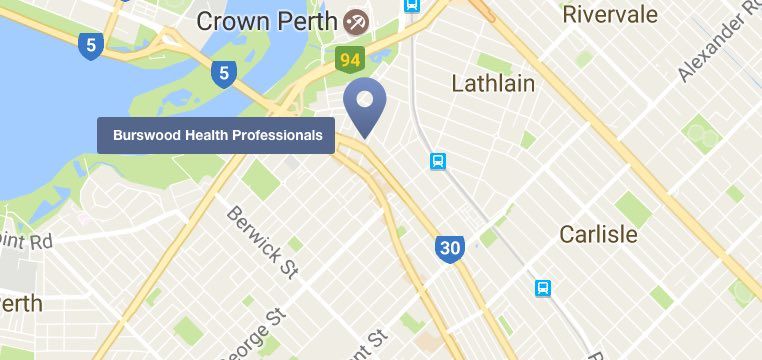Diabetes related Foot Issues
Diabetes and feet can be affected in a number of ways. One of the early changes can be loss of sensation (peripheral neuropathy) in your feet, often starting at the toes.

What is it?
Diabetes is a disease that develops from high blood glucose levels which can cause damage to the nerve systems in your body by stopping important messages getting to and from your brain.The nerves most likely to be affected are the longest ones – those that reach all the way down to your legs and feet. This nerve damage is sometimes called neuropathy. High blood glucose levels can also damage your blood vessels and thereby circulation to your feet and legs, due to less blood getting to your skin, muscles and tissues.
The nerves most likely to be affected are the longest ones – those that reach all the way down to your legs and feet. This nerve damage is sometimes called neuropathy. High blood glucose levels can also damage your blood vessels and thereby circulation to your feet and legs, due to less blood getting to your skin, muscles and tissues. Therefore, Diabetes and feet have a strong correlation and need to be maintained.
Is it serious?
Any injury or hard skin has the potential to develop into something more serious if you have diabetes. When the skin is damaged, it may not heal so easily and sometimes this can cause an ulcer to form on your foot. Additionally, if you have lost feeling in your feet then it is possible that you may unknowingly damage your feet. You may stand on sharp objects like a nail, piercing the skin even down to the bone without realising it. If not noticed and not treated appropriately this can have potentially serious consequences and could lead to an amputation. Such an outcome is less likely if you seek expert advice from your multidisciplinary foot care team.
Who gets it?
Anyone can suffer from Diabetes and you are more likely to if your close relatives have the disease. Other risk factors include obesity, high cholesterol and blood pressure as well as physical inactivity and your chances also increase as you get older.
How do I know I have it?
Diabetes and your feet can become affected in a number of ways. One of the early changes can be loss of sensation (peripheral neuropathy) in your feet, often starting at the toes. Your chances of losing feeling in your feet (neuropathy) increases with the number of years that you have diabetes and research suggests that up to one in three people with diabetes have some loss of sensation. The onset of neuropathy is gradual and often people who develop this complication are unaware of it at the start. Often it occurs between 7 and 10 years of having diabetes, although in some cases it can occur sooner where blood sugar levels have not been so well controlled. Very occasionally pain or a burning sensation may accompany loss of feeling (painful neuropathy).
Other Pain You Might Feel
General Foot Conditions
Do you have pain in your feet? Or even a bump or ulcer that you are unsure about on your foot? Read more about common foot conditions that we can help you with.
Additionally, when the nerves in your feet are affected, other changes may follow, for example, your toes may start to claw and the bones in your feet can become more susceptible to fractures. Another change that can occur is reduced blood flow to your feet. Diabetes may also affect your ability to heal and reduce your natural ability to fight bacteria. Consequently, as Diabetes and feet have such a strong relationship, you should take particular care of any scratches, cuts or blisters on your feet.
How do I prevent it?
Preventing foot problems involves managing your diabetes well, controlling blood glucose levels (along with your cholesterol and blood pressure) and leading a healthy active lifestyle. Your chances of doing this will be greatly increased if you do not smoke. By adopting these measures, you can prevent or slow down any changes to the nerves and blood vessels that supply your legs and feet.
In addition, regular foot care is important from preventing the build-up of hard skin to moisturising your feet in order to keep the skin supple and always wearing the right shoes and socks that fit properly. Therefore, when it comes to Diabetes and feet, everyone who has Diabetes should also have their feet checked regularly with a healthcare professional (podiatrist, nurse or doctor) and at the very least once a year at their annual review. However, if you are at increased risk of complications, these inspections may be done more frequently.
Simple self-care measures include:
- Always check your feet every day
- Clean and dress any cuts, scratches or wounds
- Always wear footwear
- Always wear shoes that fit properly
- Never sit with your feet too close to a fire
- Visit a podiatrist for corns and calluses
- Avoid using corn plasters
If you experience any foot care issues which do not resolve themselves naturally or through routine foot care within three weeks, it is recommended to seek the help of a podiatrist.



